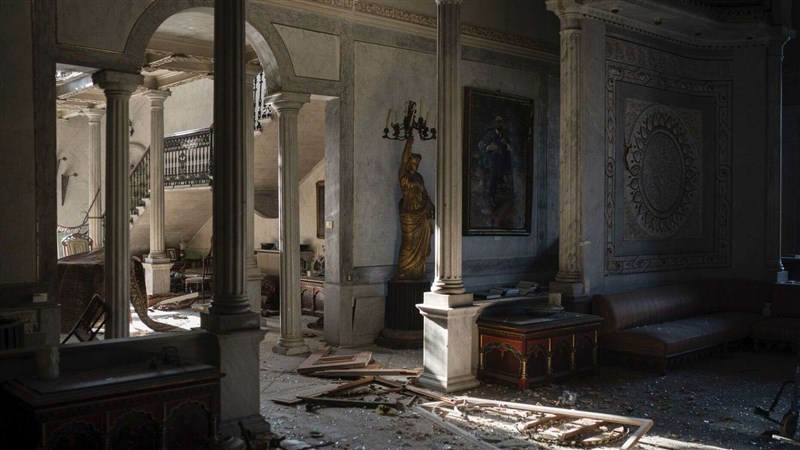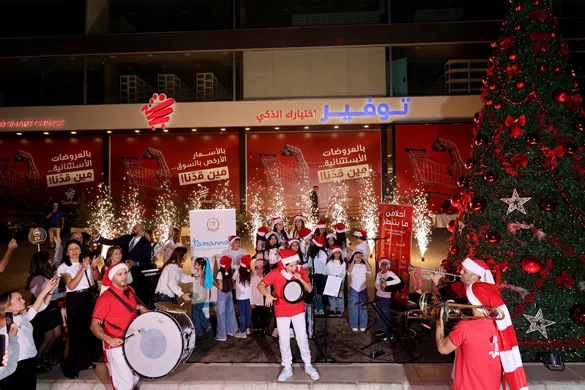Among the damaged structures were museums, historic buildings, art galleries and religious sites
The United Nations' cultural agency said it will lead the campaign for the recovery and restoration of Beirut's heritage, citing reports that 60 historic buildings in the Lebanese capital were at risk of collapse following last week's explosion.
On Aug. 4, about 2,750 tons of ammonium nitrate stored at Beirut's port blew up, obliterating the city's main commercial hub. The blast, the most destructive in Lebanon's troubled history, killed more than 170 people, wounded more than 6,000 and caused damage worth between $10 and $15 billion.
Among the damaged structures were museums, historic buildings, art galleries and religious sites in Beirut.
The most affected areas in the capital were Gemayzeh and Mar Mikhael, which face the port and were known for their active nightlife, with many old buildings turned into pubs or restaurants. Those streets were strewn with debris from buildings and blanketed by broken glass in the wake of the explosion.








.webp)
















